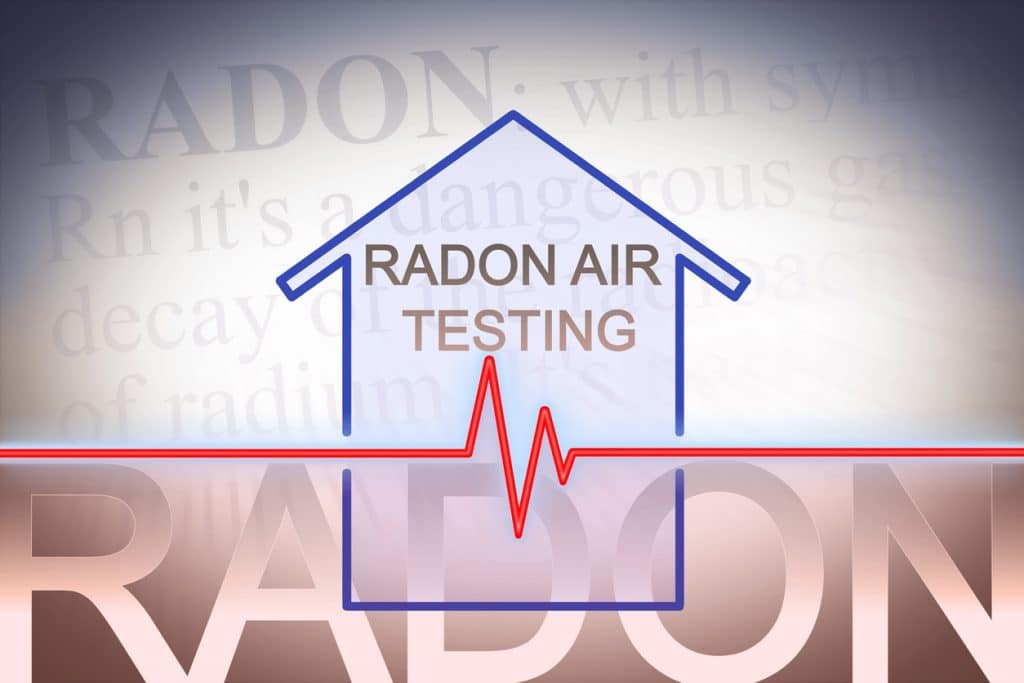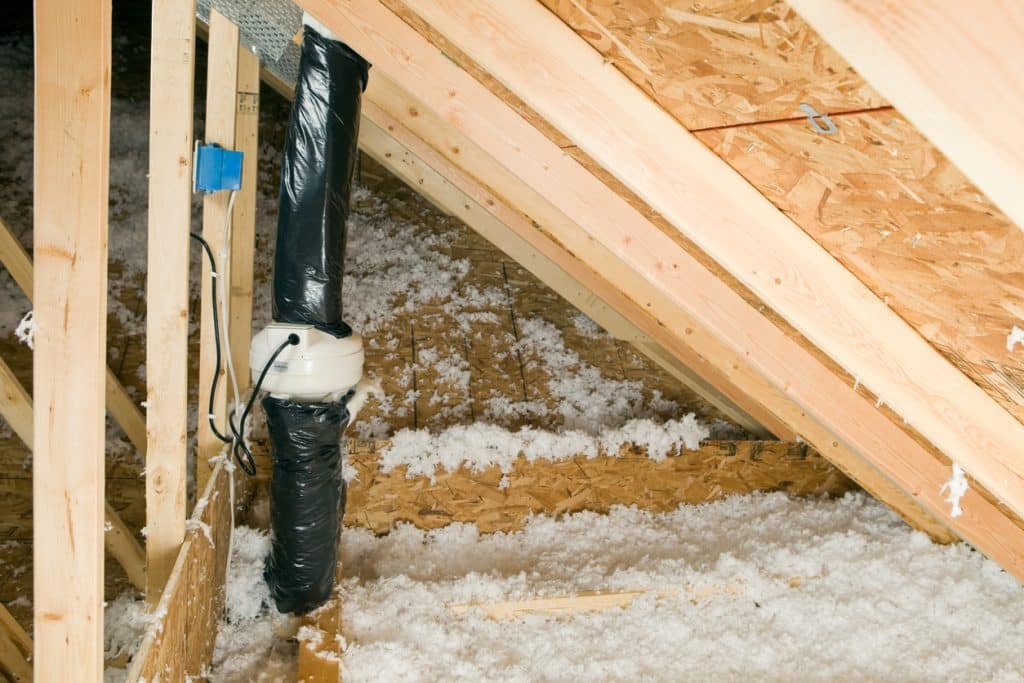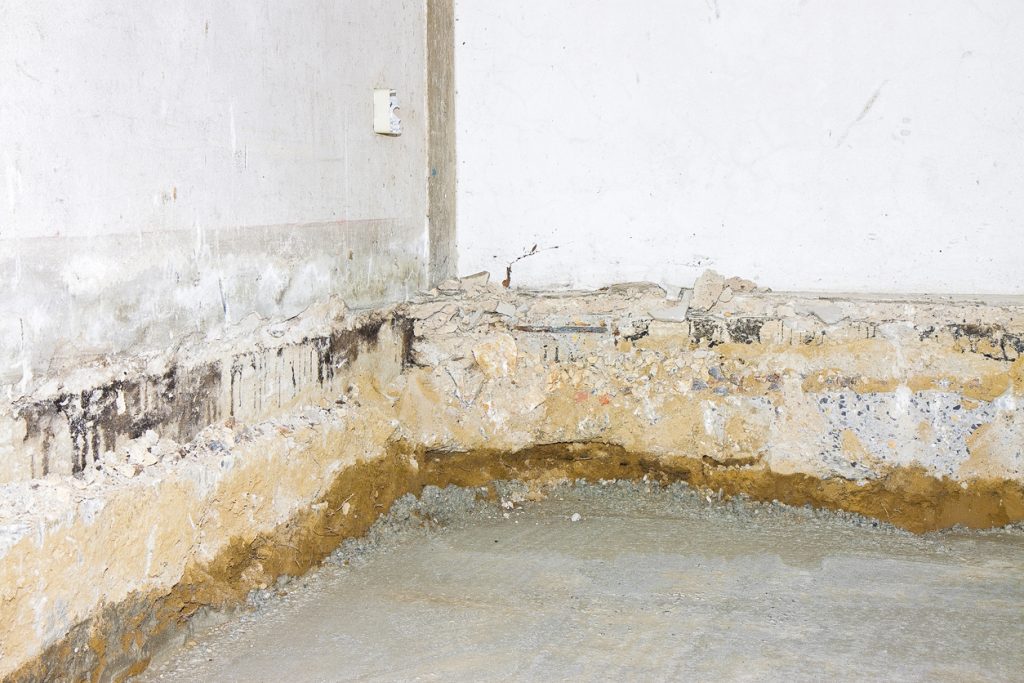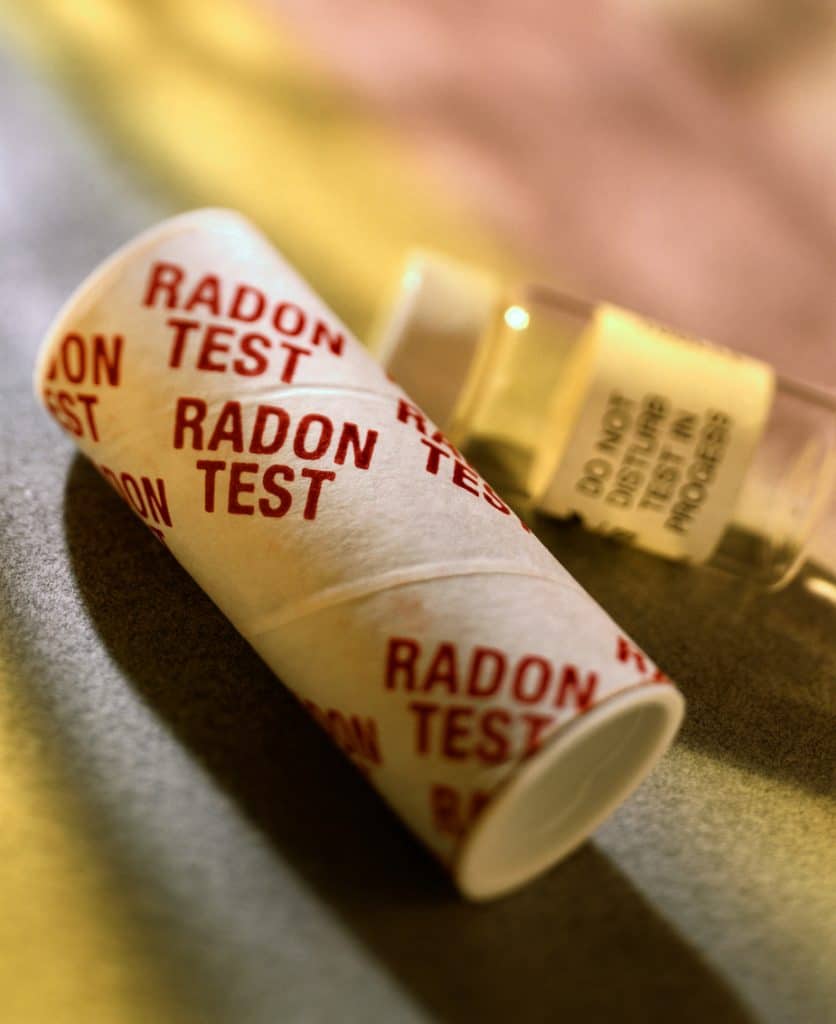
Radon Testing and Real Estate in Minnesota
Many professional radon inspection and mitigating companies and others involved in this industry have made it a point that there is no scientific evidence supporting the radon industry, supporting the claims made about radon gas and it’s relationship to lung cancer, and that the previous studies that this industry has been based on for decades, have been proven to be invalid and/or not credible or even tainted to promote the radon industry. They say that the claims the radon industry is making are assumptions. They have also mentioned the results of two-day testing have very little chance of being accurate as radon levels fluctuate greatly. A two-day test may only reflect a high point or a low point and may not be an average level of radon in the home. They also mentioned there is no scientific basis for the current level that is considered safe (under 4 pCi/L). They mentioned there is no factual or scientific data to know how long exposure to radon is unhealthy. In fact, they also state there are credible studies that show that low levels of radon exposure may reduce lung cancer.
Are you considering Radon Testing?
Contact Reassurance Home Inspection for a discussion about this subject before you schedule a test.
The following excerpts are from the WHO's Radon Handbook.
Radon measurements are relatively simple to perform and are essential to assess radon concentration in homes. They need to be based on standardized protocols to ensure accurate and consistent measurements. Indoor radon concentration varies with the construction of buildings and ventilation habits. These concentrations not only vary substantially with the season but also from day to day and even from hour to hour. Because of these fluctuations, estimating the annual average concentration of radon in indoor air requires reliable measurements of mean radon concentrations for at least three months and preferably longer. Short-term measurements provide only a crude indication of the actual radon concentration. Quality assurance for radon measurement devices is highly recommended in order to ensure the quality of measurements.


Why is radon important in Minnesota?
Minnesota’s geology contains widespread uranium and radium that supply a constant source of radon. Many of our houses are also built and operated in ways that increase the likelihood of radon entry in homes. The MDH estimates that one in three (1/3) Minnesota homes has radon levels that may pose a large risk to health over many years of exposure. Radon is the leading cause of lung cancer for non-smokers in the United States. For more information on the health risks from radon see the MDH fact sheet Radon in Minnesota Homes.
What is radon?
Radon is a naturally occurring gas that enters buildings from the surrounding soil. It is colorless, odorless, tasteless, and radioactive.
How can I find out if a home has a radon problem?
Test results from nearby homes can not be relied upon to predict the radon level in your home. A properly performed radon test within the house is the only way to find out if a radon problem exists. Performing such a test on your own is easy, inexpensive, and can be done privately. Such tests can be conducted prior to purchase or after moving in.
Radon measurement professionals may be used when an unbiased third party is desired. If a professional is hired, MDH recommends selecting a professional who is certified by the National Environmental Health Association (NEHA) or by the National Radon Safety Board (NRSB). Although tests by certified individuals should be of high quality, they are still subject to the uncertainties related to the timing and duration of the test (see MDH fact sheet Minnesota Radon Testing and Use of Test Results).
Contact the MDH Indoor Air Unit for more information on where to obtain low-cost radon test kits, the types of test kits available, how to test your home properly, and how to use the results.
How do you test properly?
The goal of radon testing should be to estimate the annual average radon concentration. Since occupant activities, house operations and weather patterns (daily, short-term and seasonal variations) can greatly influence the radon level over the short periods of time, the best way to test a house and evaluate the health risk from radon is to perform a long-term test.
The amount of time available until the closing may place practical constraints on the ability to measure radon effectively. Short-term testing, which is typically done for a period of 48 hours to 7 days, is less useful than long-term testing.
Short-term tests offer a quick and inexpensive way to “screen” for radon in a home. Short-term tests cannot measure the annual average level of radon. Decisions on whether or not to mitigate a home should not be based solely on the results of one short-term test.
Long-term tests more accurately reflect the average amount of radon in the home during the year. The best way to estimate a year-round average is to test for a full year. If a year-long test can’t be done, the test period should include both heating and cooling seasons. Results from long-term radon tests can reasonably be used to decide whether or not to mitigate a home.
What do the test results mean?
The United States Environmental Protection Agency (EPA) set a recommended action level for radon at 4.0 picoCuries/liter (pCi/L) as advice to the public on how to understand their test results. To use the recommended action level correctly, it should be compared to the annual average level of radon in a home. If the annual average level of radon in a home is above this action level, EPA and MDH recommend that steps be taken to lower it. Because any amount of radon carries some risk, even at or below 4.0 pCi/L, EPA and MDH also recommend considering taking action to lower radon levels if the annual average level of radon is between 2 and 4 pCi/L. See Minnesota Radon Testing and Use of Test Results for more detailed advice on the use of test results. This fact sheet is available by calling MDH or on our website.
Recommendations to Sellers
Consider the benefits of testing your house well before you put it on the market. If you can demonstrate that radon levels in your home are relatively low based upon the results of a properly conducted radon test, that may be a positive selling point. It may also save time and last minute hassles during the selling process. If you find a problem that should be fixed, you will have more time to get it done and may get a better price than if you wait until you are in the middle of the sale. If you have the time to conduct a long-term test, you can also ensure that the best possible information is used for making decisions about the presence of a radon problem and the need for corrective action.
If you choose to test your home, use a test kit or device from a reputable manufacturer or the services of a certified radon measurement professional. Ideally, a long-term test should be performed and you need to begin early enough to complete the test before putting the home on the market. MDH recommends testing the lowest livable area in the home. This is defined as a space that does not have a dirt floor and in which an adult could stand upright. After you test the house, save the test results, and provide these to prospective buyers if they request.
Contact the MDH Indoor Air Unit for more information on how to obtain low-cost radon test kits, how to perform tests properly, and how to use the results. The MDH fact sheet Minnesota Radon Testing and Use of Test Results provides more details on radon testing.
If you have already tested your home, save the test results, and provide these to prospective buyers if requested. If past radon tests were short-term in duration (2 to 7 days), you should consider performing a long-term test and begin early enough to complete the test before putting the home on the market. Also, if the home has been remodeled, weatherized, or had changes made to heating or ventilation (for example, air conditioning or ventilation fans) systems since the previous radon test was done, MDH recommends retesting to measure current conditions.
Recommendations to Buyers
In Minnesota, it is up to the buyer to decide what they need to know about radon to be comfortable with the purchase of a home. Prospective buyers should keep in mind that it is inexpensive and easy to measure radon and a problem can nearly always be fixed at a fairly reasonable cost. Buyers should also understand that the amount of radon typically found in Minnesota homes does not pose a significant short-term risk; instead, the health concerns result from cumulative exposure over many years. From a health perspective, radon should not be an obstacle to buying an otherwise desirable home.
If a home has been tested for radon, the buyer must decide if the results of past testing are acceptable. Issues to consider include the following.
Duration of the test. For how many total days was the test conducted? How well does the test period approximate a year-round test and account for seasonal variations in radon levels? Long-term tests should span both heating and non-heating seasons. Tests of less than 48 hours are not valid.
Timing of the test. Was it performed during the heating or non-heating season? Short-term tests performed during the heating season are more likely to overestimate the year-round average. Short-term tests performed during the non-heating season are more likely to underestimate the year-round average.
Type of test device used? Was the test device appropriate for the kind of test performed? Charcoal test kits should not be used for tests greater than 14 days in length.
What area of the house was tested? How does this location reflect your anticipated use of the home? MDH recommends that homeowners test their own homes at the lowest level that is occupied regularly.
Was the test kit put in an appropriate location? See test kit instructions and the MDH fact sheet Minnesota Radon Testing and Use of Test Results.
Who performed the test? If a third party performed the test, were they certified by either NEHA or NRSB for this activity? This is not a requirement in Minnesota. Certified or not, the test results are only as good as the procedure and protocols that were followed.
Have structural changes been made to the house? A new test should be done to reflect current conditions if structural changes were made or heating, ventilation, or air conditioning systems were modified since the test was performed?
What level of radon was found? How does this compare to the level you feel comfortable with?
If a home has not been tested for radon or past testing is not satisfactory, the buyer should decide if they wish to request radon testing. If such a request is made, it is best to bring it up as early as possible.
When a buyer asks for radon testing before a home purchase, MDH recommends specifying the following conditions (these may be included in the contract if desired).
-Who will perform the test
-Type of test
-Area of the home to be tested
-When the test will be done
-How results will be shared between parties
-Who will pay for testing, and
-How the results will be used
Because radon testing during real estate transactions is not required and radon in homes is not regulated in Minnesota, buyers and sellers are free to negotiate and respond as they choose to the issue of radon during real estate transactions in this state. This includes any determination of what radon level needs mitigation and who will pay for it.
What is the role of the real estate professional?
Real estate professionals address many aspects of buying and selling homes. However, their licensing prohibits them from offering technical advice regarding radon and health risks unless they are qualified to do so. Instead, they should advise their clients to consult with local health authorities who work on radon issues, the MDH Indoor Air Unit staff, the U.S. EPA reference materials, or certified radon professionals.
Why do relocation companies dictate terms of radon testing and interpretation?
Relocation companies have their own policies regarding how to handle radon testing and mitigation decisions. MDH does not have any involvement with such policies and does not necessarily endorse them as scientifically based. Sellers and buyers who choose to work with a relocation firm should recognize that their options regarding radon testing and mitigation may be restricted by the terms of their agreement with the company.
What can be done to fix a radon problem?
If high levels of radon are found, homeowners can act to lower the amount of radon in their homes and reduce the risks to their families. Several steps can be taken to lower the amount of radon in a home. One option is to install a radon-reduction (mitigation) system. These are often able to reduce the annual average radon level to below 2 pCi/L. Radon mitigation professionals can install appropriate control systems throughout Minnesota. Contact MDH for information regarding radon mitigation.
Where can I get more information on radon or other indoor air quality issues?
Minnesota Department of Health
Indoor Air Unit
625 Robert St N
PO Box 64975
St. Paul, MN 55164-0975
Phone: 651-201-4601 or 800-798-9050
For questions about this page or indoor air quality, please contact the Indoor Air Unit at indoorair@health.state.mn.us, 651-201-4601 or 800-798-9050.

